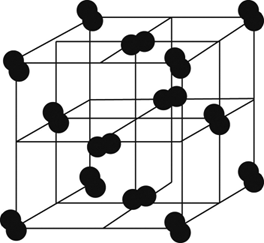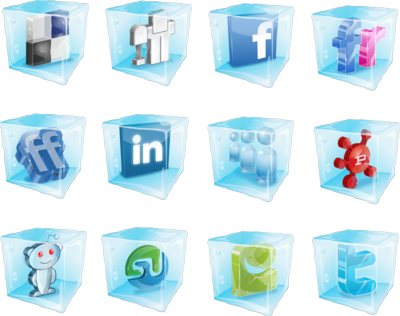Icing the Tech Grid

Antitrust Probes → Breaking Up↗ ≠ ↘Breaking Down
“We think one of the best ways to stay small is just to stay smaller.” -Sheryl Sandberg
I would add, stay liquid. In a Bloomberg Businessweek2011 interview, Sandberg presents a clear strategic plan as “She believes that other booming Internet companies that doubled or tripled their staffs…eventually came to regret the innovation-killing bureaucracy that resulted.” Let’s not forget. She is, after all, Facebook’s Chief Operating Officer.
Sandberg may be correct in her assessment as reportedly the number of employees in big tech companies range from as high as hundreds of thousands to the low ten thousands. Guess where Facebook falls in?
Does the size of a tech company play a part in its being investigated? “The Justice Department has agreed to handle potential antitrust investigations related to Apple and Google, while the Federal Trade Commission will take on Facebook and Amazon” prints the New York Times. Are these probes actually intended to intimidate these companies, or are they simply empty threats? And, why now? 2020 Election?
Election year is right around the corner. If the DOJ or FTC was intent on addressing monopolistic behavior, they would have squashed past deals instead of attempting to “breaking them up.”
→Solution rests not on “breaking up” a company but in “breaking it down.”
Regulators may toy with the idea of “breaking up” a monopoly, but if they were to think like an engineer, they would know the difference between “breaking things up” and “breaking them down.” After being “broken up”, AT&T seems to have reemerged greater than the sum of its parts; subsequent multiple acquisitions reportedly included absorbing or “buying back” some of its decomposed “baby bells.”
Agencies and some in Congress are acting under the wrong premise: “break them up.” Who are the “them”? The founders, investors, lawyers, and company staff? Whether 10,000 or 100,000 employees, users are in the billions.
Leonardo Da Vinci is noted in saying that water acts as a “continuous quantity.”

H2O is comprised of hydrogen and oxygen connected molecules. The structure is in liquid form, but temperature fluctuation changes its form: high (steam) or low (ice).
By comparison, social media network platforms and tech companies are comprised of employees and users connected via communications. Their “liquid” platform can change as its main component, users, and their connections can “ignite heat” making it active to communicate, shop, or whose posts can go viral vs. remote non-stressors of non-activity.
The companies (Apple, Google, Facebook, and Amazon) connected users added data makes the structure valuable and integral in its liquid form. Threatening to flash freeze them to bricks of ice requires enforcing hard antitrust laws. But to do so means icing the grid – and no one wants that.
Online companies in the “cloud” are in a steam form with a connect-ability to provide a liquid platform. Breaking it down to a solid form, ice, puts it in a vulnerable state similar to that of a “brick and mortar” company allowing for it to be “broken down” or smashed to pieces.

Technically speaking “breaking them down” solves the problem of big and powerful. Practically speaking, government needs the platforms in a liquid form and the users connected. What’s the point of pushing 5G if users are not connected to platforms, networks or e-consuming via their smartphones?
Interestingly, Twitter was not included in the probes. Given Democrats’ criticism of the President’s tweets, they could have easily added the company on some “trumped up” charges. Why didn’t they?
As I note in my paper on M&As, one needs to know “When to Capture and When to Cut the Tree Where the Bird Nests.” The “birds,” Democrats and the President “nest” on the same “tree”, Twitter. They cut it down, they go down with him.
You ice the tech grid and you succeed in “breaking down” the companies. But, then it ALL comes down.
